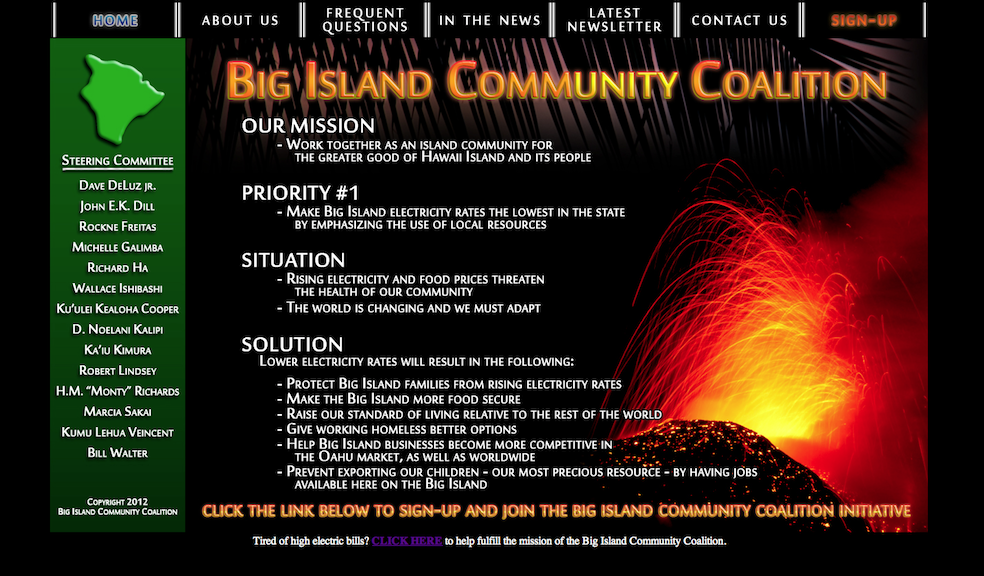Richard Ha writes:
My friend Nate Hagens forwarded me this story yesterday. I’d been aware of this peripherally, but now this is serious and we are putting the issue front and center.
The gist of it is that a massive Chiquita banana plantation in Mozambique has a deadly banana disease that will likely spread, and probably already has.
From Popular Science.com:
Has The End Of The Banana Arrived?
Researchers fear that a relentless and virulent fungus could cripple the world's banana monoculture.
By Dan Koeppel Posted 05.13.2014 at 8:30 am
Two weeks ago, at a conference in South Africa, scientists met to discuss how to contain a deadly banana disease outbreak in nearby Mozambique, Africa. At fault was a fungus that continues its march around the planet. In recent years, it has spread across Asia and Australia, devastating plants there that bear the signature yellow supermarket fruit.
The international delegation of researchers shared their own approaches to the malady, hoping to arrive at some strategy to insulate Mozambique and the rest of Africa: a continent where bananas are essential to the lives of millions. They left the Cape Town-based meeting with an air of optimism.
Only days after the meeting, however, a devastating new survey of the stricken Mozambique farm was released. Scientists at the conference assumed that the fungus was limited to a single plot. The new report suggested the entire plantation was infested, expanding 125 diseased acres to more than 3,500. All told, 7 million banana plants were doomed to wilt and rot.
“The future looks bleak,” says Altus Viljoen, the South African plant pathologist who organized the conference. "There’s no way they’ll be able to stop any further spread if they continue to farm.” Worse, he says, the disease's rapid spread endangers banana crops beyond Mozambique’s borders…
The Mozambique banana plantation has what veteran banana farmers know as “Panama Wilt.” Long-time banana farmers in Hawai‘i remember when “Race 1, Panama Wilt” killed off Hawai‘i’s Bluefield bananas, the main variety grown here back then, as well as the banana varieties that the ancient Hawaiians brought in their canoes.
This disease in Mozambique is a variant of that one, called “Race 4, Fusarium Wilt.” This one affects and kills many banana varieties, including the Cavendish varieties, which are the main bananas in the world trade.
What’s most disturbing in this story is that Chiquita seems to have done a lot of things wrong when it started its new banana plantation in Mozambique. The company sent workers back and forth from Mozambique to Central America, when this disease easily spreads by soil on boots and clothing. The writer speculates that the disease is probably in Central America right now! As a long time banana farmer who knows about banana diseases, I too believe that it is probable.
The possiblity of this disease arriving here and decimating Hawai‘i’s banana industry is very real, and very scary. Our local banana industry is working closely with the University of Hawai‘i’s College of Tropical Agriculture and Human Resources. I sent them this article, and the wheels are turning. This is no longer business as usual!
This same thing happened in Taiwan. They have the Race 4 disease there, and all their farmers now source their new plantings from Race 4-free tissue culture. They are selecting for resistance as they go along. The director of Taiwan’s lab is a graduate of UH Manoa and we visited that tissue culture facility once.
I’m debating whether I should start up our tissue culture lab again. In the meantime, we are relying heavily on the College of Tropical Ag. This is a very, very serious situation and it’s bigger than any of us alone. But I’m optimistic.

